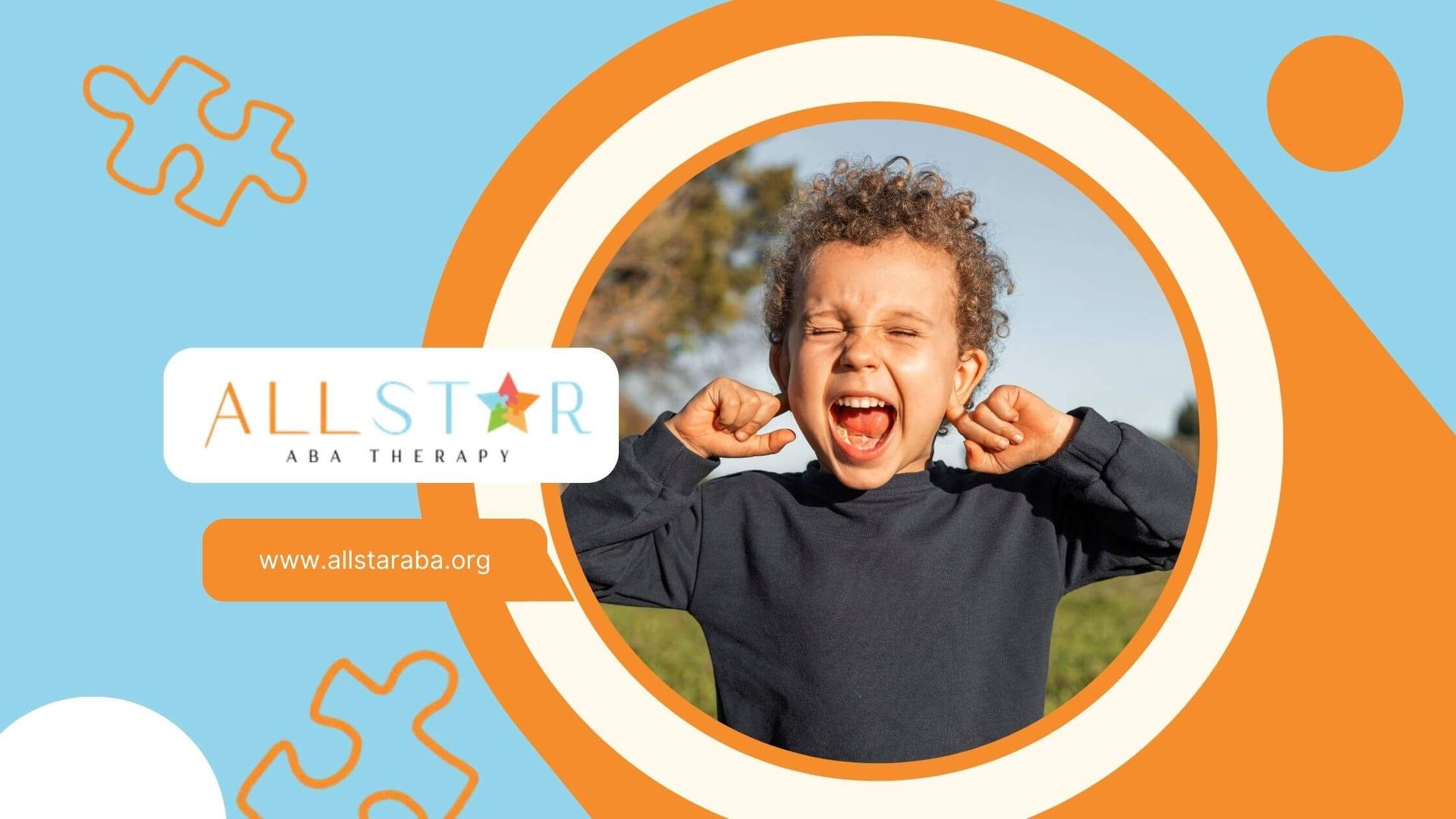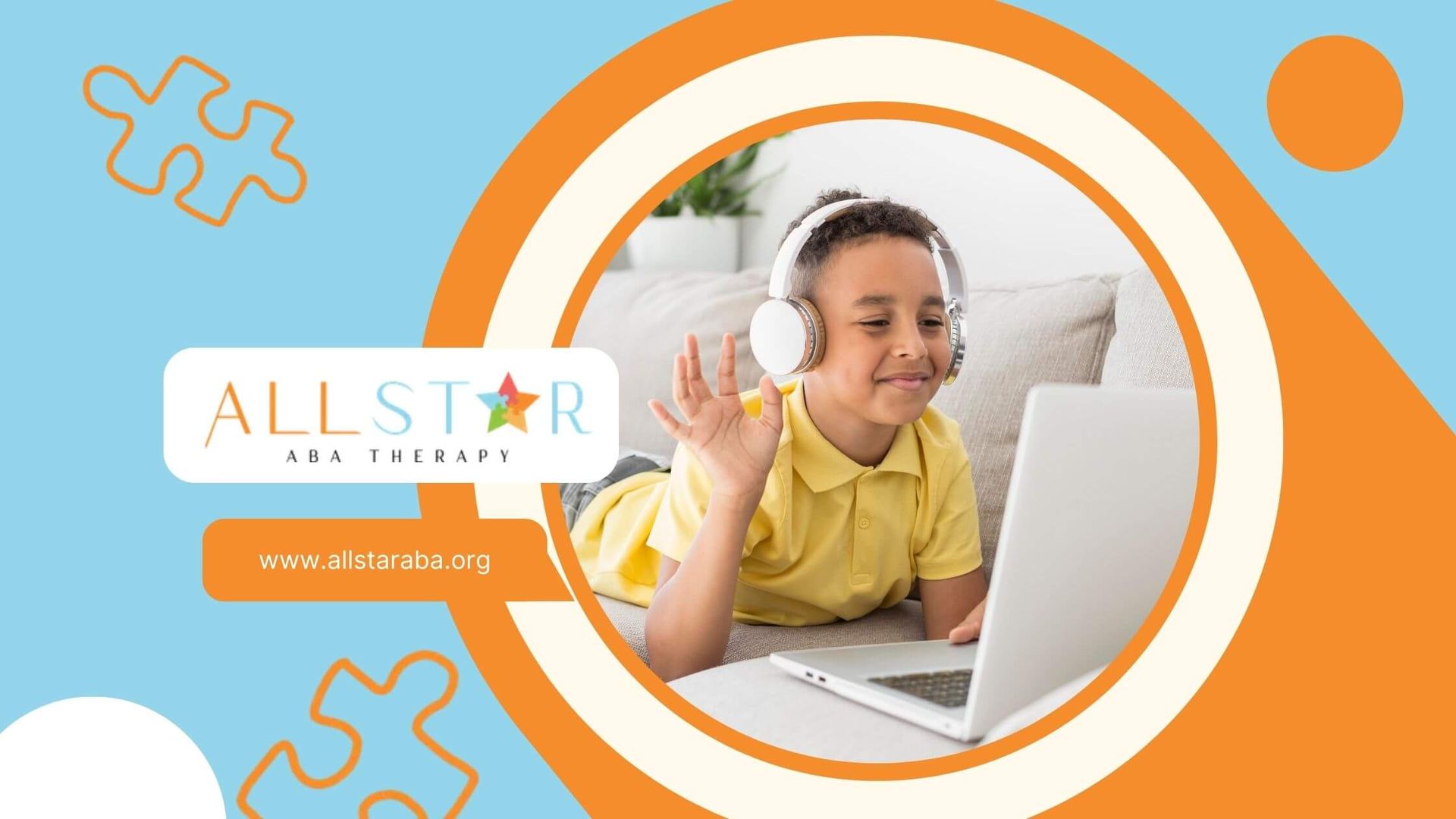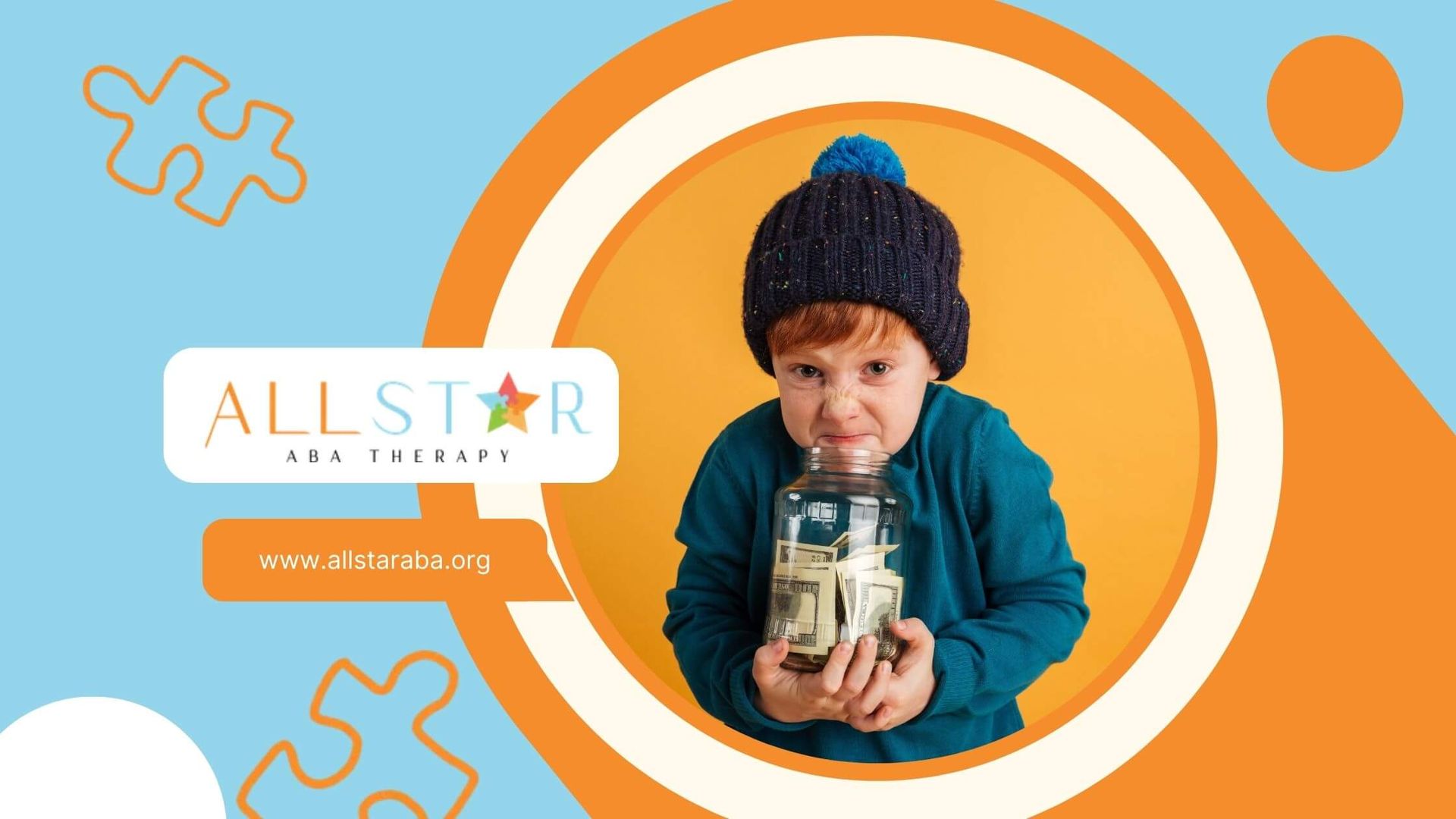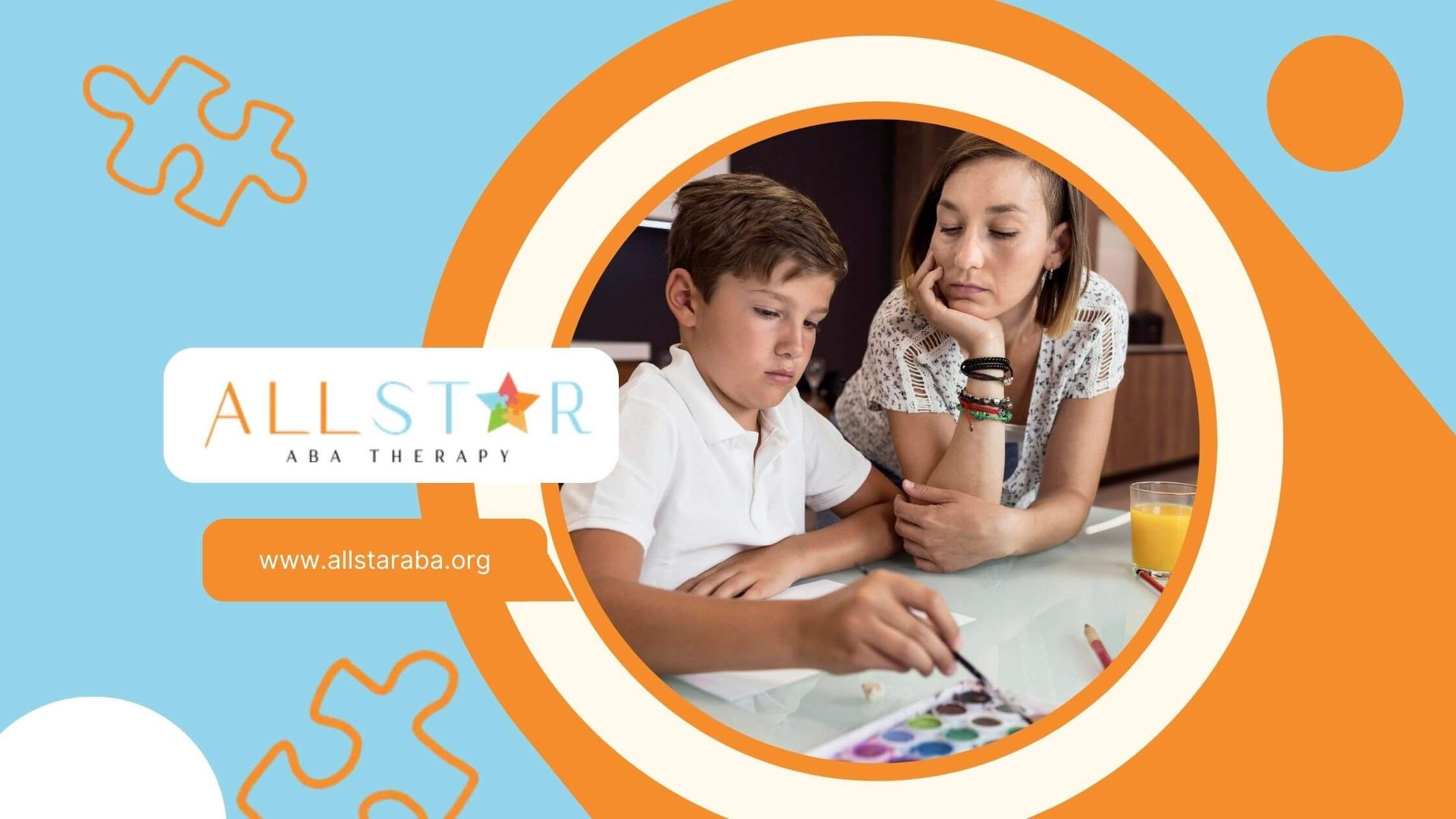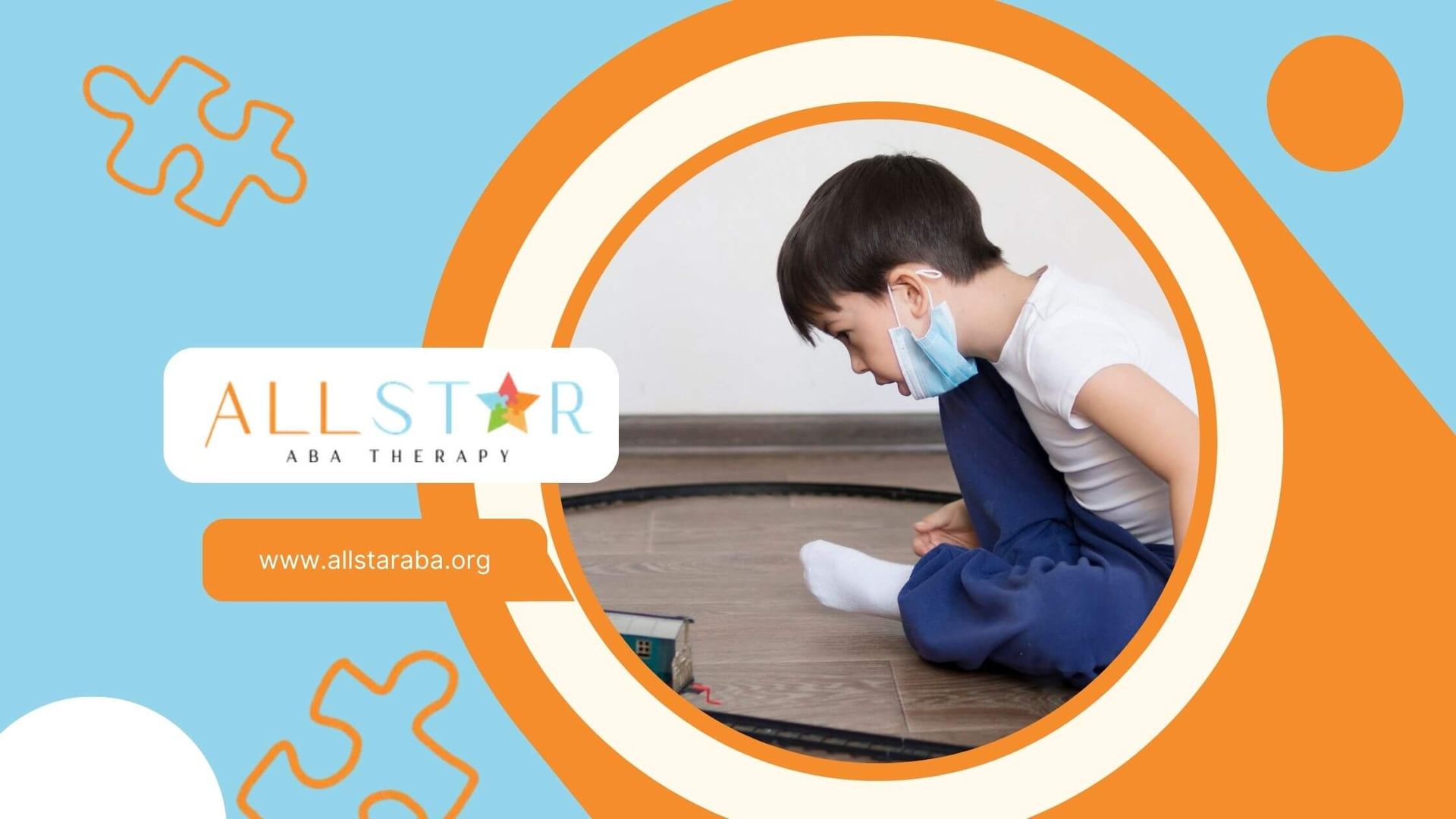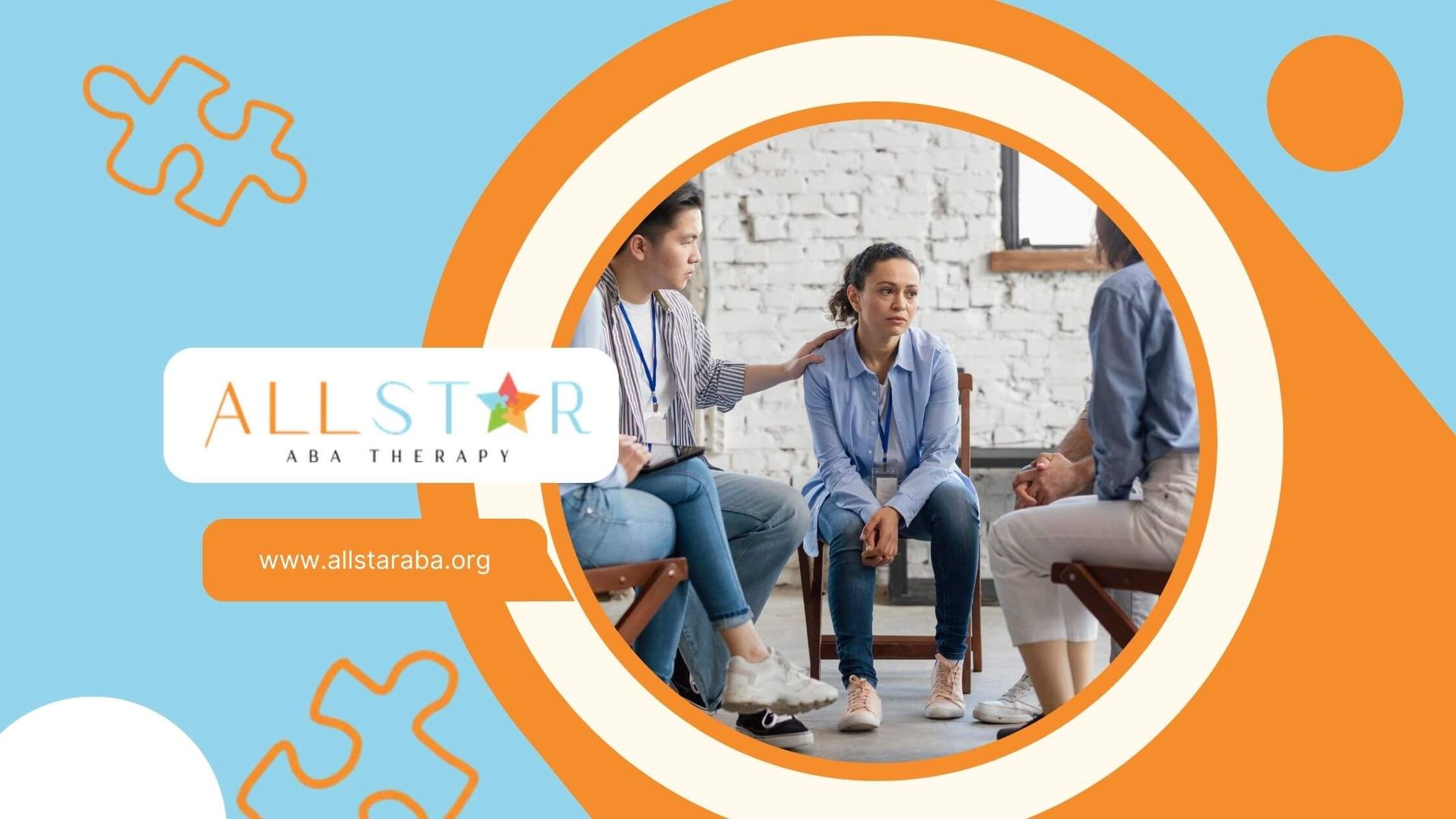New Paragraph
Understanding the Impact of ABA Therapy in Schools

Bring ABA Therapy to Your Child’s School
Our school-based ABA programs help children build essential skills, overcome challenges, and thrive in the classroom and beyond.

When a student with autism enters a school environment, he or she may face challenges in communication, social interaction, and daily routines. ABA therapy in schools provides structured, evidence-based interventions that support essential skill development while promoting academic success. This article offers a clear overview of school-based ABA programs, covering foundational principles, practical strategies, evaluation methods, and emerging trends.
Understanding ABA Therapy
Definition and Principles
Applied Behavior Analysis, commonly known as ABA, is a scientific approach that examines how behavior is influenced by the environment. It relies on systematic observation, measurement, and functional assessment to teach new skills and reduce behaviors that interfere with learning. Positive reinforcement is a process that rewards desired behaviors immediately after they occur and serves as the cornerstone of ABA practice.
Historical Evolution
ABA’s modern roots date back to the 1960s and 1970s, when researchers first applied behavior-analysis principles to support children with autism. Over time, the field shifted toward child-centered, positive approaches, moving away from punishment-based procedures. Today, interventions emphasize functional, meaningful learning across home, clinic, and school settings.
Benefits For Students
Social and Communication Skills
School-based ABA therapy has demonstrated significant gains in socialization and expressive language. A meta-analysis of 14 randomized trials found moderate to large effects on social and communication outcomes for children with autism spectrum disorder (ASD). Techniques like peer-mediated instruction and social skills training help students interpret social cues and engage with classmates.
Academic and Behavioral Gains
Intensive ABA intervention, often exceeding 20 hours per week before age four, yields improvements in academic readiness, daily living skills, and adaptive behavior. Studies show that early, consistent application can reduce the need for special services later in life. In the classroom, tailored behavior plans promote on-task behavior, minimize disruptions, and lay the groundwork for independent learning.
Techniques And Strategies
ABA therapy in schools draws on a variety of methods. The table below summarizes five common strategies, their descriptions, and typical uses.
Typical Use: Skill mastery in a controlled setting.
Typical Use: Generalization of skills across settings.
Typical Use: Enhancing communication and social motivation.
Typical Use: Reducing anxiety, guiding transitions.
Typical Use: Encouraging targeted behaviors.
Prompting and Fading
Prompting involves providing cues, like verbal, gestural, or physical, to help a student initiate or complete a task. Over time, prompts are systematically faded to promote independence.
Social Skills Training
Structured group or one-on-one sessions teach turn-taking, sharing, and conversation skills. Role-playing and video modeling often reinforce appropriate peer interactions.
Implementing ABA Programs
Role of BCBAs and RBTs
Board Certified Behavior Analysts (BCBAs) design and oversee interventions. Registered Behavior Technicians (RBTs) carry out daily sessions under BCBA supervision. In schools, these professionals collaborate closely with teachers, guidance counselors, and parents to align behavior plans with academic goals.
Individualized Behavior Plans
Each learner receives a Functional Behavior Assessment (FBA) to identify antecedents, behaviors, and consequences. Based on the FBA, the BCBA develops a Behavior Intervention Plan (BIP) with clear, measurable goals tailored to the student’s strengths and needs.
Integration in Classroom Routines
Rather than pulling students from class for separate therapy, school-based programs embed ABA techniques into the school day. For example, a teacher may use visual schedules during transitions, while an RBT provides discrete trials during guided reading time.
- Conduct ongoing data collection on target behaviors and skill acquisition.
- Collaborate with special education teams to adjust lesson plans.
- Use natural reinforcers, such as social praise or extra free time, to motivate learning.
Evaluating Program Outcomes
Data Collection and Progress Monitoring
Data is recorded during every session to track progress on individualized goals. Common metrics include frequency counts, duration measures, and task completion rates. Regular review meetings ensure plans remain aligned with student needs.
Long-Term Impact and Research
Research consistently supports the efficacy of ABA in improving intellectual functioning, language development, and social skills. A meta-analysis spanning 30 years reported high effectiveness in intellectual and communication outcomes for children with ASD. Early intervention correlates with better long-term independence and reduced need for specialized services.
Collaboration And Training
Educator and Parent Training Programs
Workshops and coaching sessions help teachers and families learn ABA strategies. All Star ABA offers school-based consultation and functional behavior assessments to guide classroom staff.
Team Meetings and Communication
Frequent interdisciplinary meetings foster consistent implementation. Best practices include:
- Sharing session data with the entire IEP (Individualized Education Program) team.
- Establishing clear communication channels between home and school.
- Scheduling joint goal-setting sessions each term.
Overcoming Common Challenges
Scheduling and Resource Constraints
Limited staffing and tight schedules can hinder implementation. Solutions include co-teaching models, flexible scheduling, and training paraprofessionals to support ABA strategies.
Resistance From Educational Systems
Some schools may hesitate to incorporate outside therapists. Advocates suggest:
- Demonstrating positive student outcomes through pilot programs.
- Aligning ABA goals with state-mandated curriculum standards.
- Educating administrators on evidence-based benefits.
Strategies to Address Barriers
Developing a memorandum of understanding (MOU) between districts and ABA providers can clarify roles, responsibilities, and scheduling expectations. Parent advocacy groups often facilitate conversations that pave the way for program adoption.
Future Trends In ABA
Advances in Technology and Telehealth
Digital tools, such as tablet-based data collection apps and telehealth supervision, are expanding access to expert oversight. Remote coaching can empower rural schools to deliver high-quality ABA support.
Inclusive Education Practices
Universal design for learning (UDL) principles are being blended with ABA methods to create more accessible classrooms. Visual schedules, social narratives, and flexible grouping benefit all learners, not just those with ASD.
Policy and Advocacy Movements
Legislation under the Individuals with Disabilities Education Act (IDEA) continues to evolve, emphasizing the least restrictive environments. Parent and professional associations are pushing for dedicated school-based ABA positions within district staffing structures.
Conclusion
School-based ABA therapy offers a structured, data-driven approach that supports students with autism in mastering social, communication, and academic skills. By integrating techniques such as DTT, NET, PRT, and visual supports into everyday routines, schools can foster greater inclusion and independence. Collaboration among BCBAs, educators, and families ensures that interventions remain personalized and effective. As technology and policy continue to evolve, ABA programs are poised to reach more students and deliver even stronger outcomes. Schools interested in launching or enhancing an ABA program should begin by consulting a qualified BCBA to conduct a functional behavior assessment and develop an individualized plan.
School-based ABA therapy offers powerful tools to help students with autism thrive academically and socially. At All Star ABA, we provide comprehensive, data-driven support to schools, integrating proven ABA therapy techniques. Our team works closely with educators and families to design personalized ABA programs in Maryland that foster independence and inclusion.
Ready to bring ABA therapy to your school? Contact us today to schedule a consultation with one of our expert BCBAs and start developing a tailored plan for success!
Frequently Asked Questions
What is school-based ABA therapy and how does it work?
School-based ABA therapy uses evidence-based techniques to teach students with autism important skills such as social interaction, communication, and academics. Through structured interventions, students are supported in real-world environments, ensuring skills are learned and generalized.
How does a BCBA help develop an individualized ABA plan for a school?
A Board-Certified Behavior Analyst (BCBA) conducts a functional behavior assessment (FBA) to understand the student’s needs, strengths, and challenges. Based on the results, they create a personalized plan that includes specific interventions and measurable goals to help the student succeed.
How can school-based ABA therapy benefit students with autism?
ABA therapy promotes greater independence, social integration, and academic success by teaching practical life skills. When implemented in schools, it provides a structured, supportive environment where students can master necessary skills and participate more fully in classroom activities.
SOURCES:
https://pmc.ncbi.nlm.nih.gov/articles/PMC7265021/
https://my.clevelandclinic.org/health/treatments/25197-applied-behavior-analysis
https://www.autismspeaks.org/applied-behavior-analysis
https://pmc.ncbi.nlm.nih.gov/articles/PMC9788712/
https://www.appliedbehavioranalysisedu.org/2021/11/aba-in-classroom/
Need Support?
We're Here to Help!
Our experienced team is ready to assist you. Reach out today to discuss how we can support your child's development and well-being.
Get started with expert ABA therapy today.



